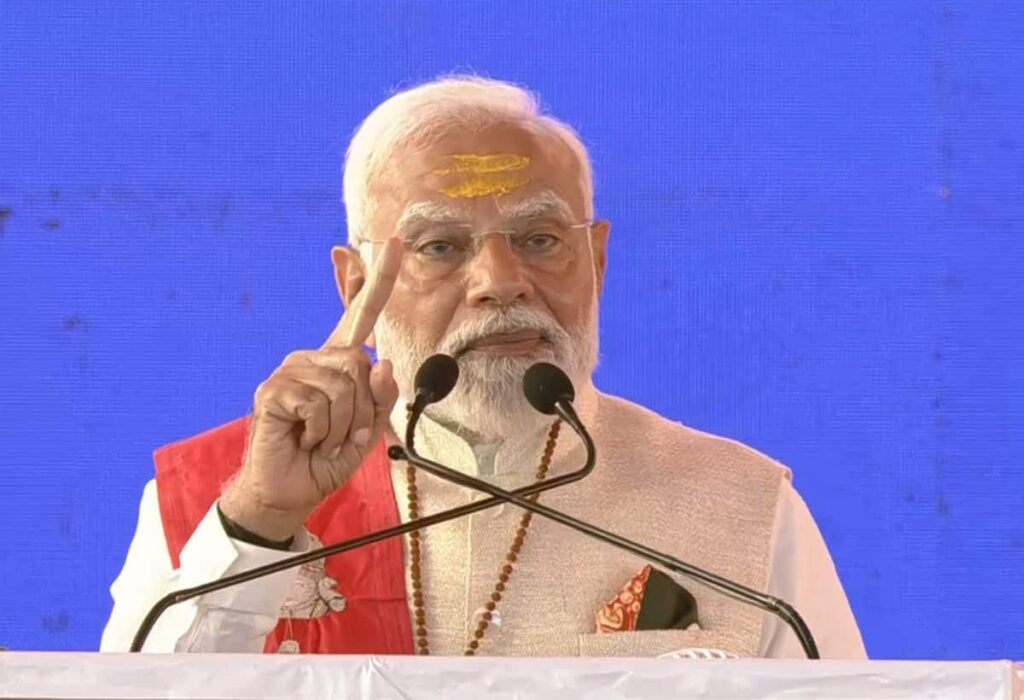Prime Minister Narendra Modi recently spoke about the significance of the Mahakumbh Mela, emphasizing its cultural, spiritual, and communal relevance. The Mahakumbh, regarded as one of the largest gatherings of humanity, has attracted millions of devotees and visitors from around the world. Modi highlighted the essence of unity and devotion that permeates this grand event, showcasing India’s rich heritage and the deep-rooted faith of its people.
What is the Mahakumbh Mela?
The Mahakumbh Mela is a major Hindu festival that takes place every 12 years at four specific locations in India: Haridwar, Prayagraj (Allahabad), Nasik, and Ujjain. The event is marked by ritual bathing in sacred rivers, spiritual discourses, and a vibrant display of cultural diversity.
Historical Significance
Originating from ancient scriptures, the Mahakumbh Mela is believed to date back several centuries. It is linked to the Hindu mythology of the churning of the ocean (Samudra Manthan), where a few drops of nectar fell at the four locations now hosting the event. This adds a dimension of historical reverence and spiritual significance that draws devout pilgrims year after year.
Participation and Attendance
The scale of the Mahakumbh Mela is astounding. In recent years, attendance has reached into the millions. According to estimates, the previous Mahakumbh Mela in 2013 saw around 120 million visitors over the course of the festival.
| Year | Location | Estimated Attendance |
|---|---|---|
| 2013 | Prayagraj | 120 million |
| 2001 | Prayagraj | 60 million |
| 1998 | Nasik | 30 million |
| 1995 | Ujjain | 20 million |
The Spirit of Unity
Modi’s remarks emphasize the Mahakumbh Mela not just as a religious event but as a symbol of unity among diverse communities. People from various backgrounds come together to participate in rituals, share their beliefs, and foster a sense of belonging. This unique blend of spirituality and community spirit reflects the essence of India as a multi-religious society.
Spiritual Practices and Rituals
During the Mahakumbh, various rituals are performed, including taking holy dips in the rivers, which are believed to cleanse the soul. Additionally, spiritual leaders and saints gather to share their wisdom, conduct religious discourses, and lead prayers. These practices are central to the festival’s purpose and attract devotees seeking spiritual solace.
Conclusion
The Mahakumbh Mela stands as a testament to India’s cultural vitality and spiritual depth, drawing millions together in a shared experience of faith and community. As PM Modi rightly pointed out, it embodies the essence of unity and collective devotion, showcasing the importance of such gatherings in a world that often seems divided. The Mahakumbh Mela is not only a pilgrimage; it is a reflection of India’s core values, making it an indispensable part of the nation’s identity.
